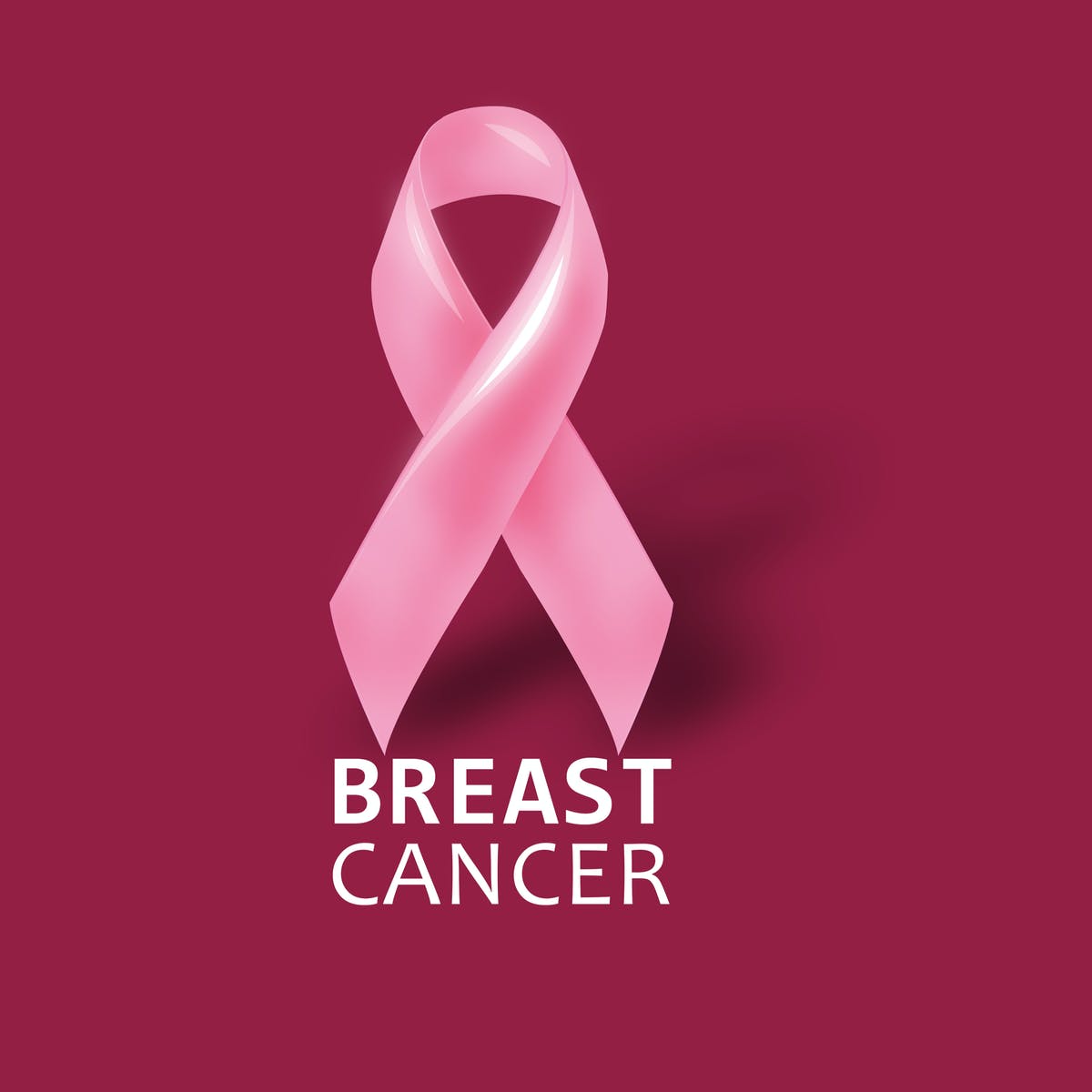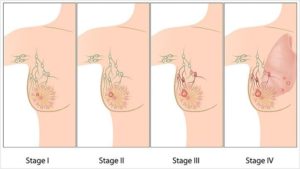Guest Blog- Rising Trend of Breast Cancer in India, Early Diagnosis is The Key to Quality Life


Over the last decade, even though there is a rise in the incidence of breast cancer, but with awareness, access, and changing paradigms in cancer care, the mortality rate has come down gradually. Yet Breast cancer is one of the leading causes of mortality among patients suffering from any type of cancer worldwide.
According to the recent data given by Globacan 2018, breast cancer among Indian women is the highest worldwide. There is an increase in the trend of new cancer patients, and the age group of new patients coming annually has gradually dropped from <55 years to under 40 years of age. As per the data recorded in ICMR 2018, over 1.5 lakh new breast cancer patients have been recorded in India last year.
Reportedly, the risk of developing breast cancer among women has surged to 1 in every 28 women. Even though the cases are on the relatively lower side in the rural areas with 1 in 60 women at risk, the urban areas contribute to a risk factor of at least 1 in 22 women. With genetics and hereditary playing a major role in the onset of cancer, women in any age bracket are susceptible to the risk and the risk further exacerbates with the increasing age. While the cases of breast cancer can affect anybody irrespective of gender, women are highly inclined towards the susceptibility than men. Male breast cancer accounts for 1 percent of all diagnosed breast cancer cases.
What are the early signs?
Diagnosing breast cancer among younger women (<40 years) is difficult as the tissues being denser than older women. And by the time the lump starts to show persistent symptoms, the tumor reaches an advanced stage, where it proliferates aggressively and less likely to respond to treatment. It is thus wise to be aware of such complications and make frequent visits to the doctor as a precautionary measure. The symptoms include –
- Comparative change in size and shape.
- A lump that feels thicker than the rest of the breast.
- Change in skin texture like dimpling.
- Redness around the nipple with a change in its shape.
- Pain in the breast and swelling in the armpits.
- Liquid discharge from the nipple.
Breast cancer treatment
With the recent advancements in cancer care treatment, mortality and morbidity rates among breast cancer patients have curbed down. Based on the stage and grade of the tumor, the doctor may prescribe a combination of the following treatment –
Surgery
- Breast-Conserving Surgery: where the surgery is performed to only remove the cancerous lump called a tumor. Depending on the type, size, and amount of tumor, the surgery ranges from lumpectomy (removal of the tumor with little surrounding tissues) or partial mastectomy. Usually, post-surgical radiotherapy is offered to destroy any remaining cancer cells is as successful as total mastectomy in treating early-stage breast cancer.
- Mastectomy: surgery where the whole breast is surgically removed. With advancements in science and technology, a mastectomy can be followed by reconstructive surgery to recreate a bulge to replace the removed portion of the breast. Reconstruction can be carried out at the same time as a mastectomy (immediate reconstruction), or it can be carried out later (delayed reconstruction). It can be done either by inserting a breast implant or by using tissue from another part of your body to create a new breast.
- Radiation therapy – With radiation therapy, high-powered beams of radiation are used to target and kill cancer cells. Most radiation treatments use external beam radiation. Under this technique, a large machine is used on the outside of the body.
- Chemotherapy – Chemotherapy is used to destroy cancer cells by using drug treatment. In some cases, patients may be given chemotherapy before surgery. The aim is to give the treatment that will shrink the tumor. In such a case, the surgery will not need to be as invasive. Chemotherapy has many unwanted side effects. You may discuss with your doctor in detail before initiating the treatment.
- Hormone therapy – If your type of breast cancer is sensitive to hormones, your doctor may start you on hormone therapy. Two female hormones – Estrogen and progesterone, can lead to the growth of breast cancer tumors. Hormone therapy works by blocking your body’s production of these hormones, or by blocking the hormone receptors on the cancer cells. This action can help slow and possibly stop the growth of your cancer.
- Targeted Medications – Certain treatments are designed to attack specific abnormalities or mutations within cancer cells. For example, Herceptin (trastuzumab) can help in blocking the body’s production of the HER2 protein. HER2 helps breast cancer cells grow, therefore, taking a medication that will slow down the production of this protein may help in slowing the growth of cancer.
About the author- Dr. Niranjan Naik, Director, Surgical Oncology, Fortis Memorial Research Institute, Gurugram
